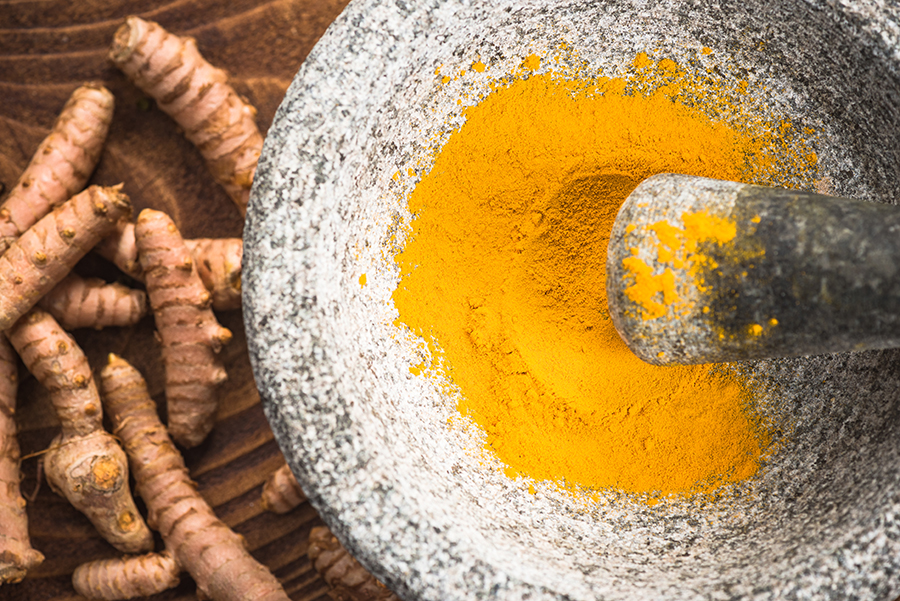When walking down the aisle in a pharmacy, you’ll notice the vast amount of medicines from different brands to help with all types of illnesses and body issues.
And as progressive as we are in today’s society it does make you wonder how times were in the olden days. Before prescription drugs and having a doctor for every part of your body became a thing, people in the past had to use something to help with the different types of sicknesses they faced right? So what did they use?
Well, after doing some research online and talking to people of older generations about their experiences with health issues in the past, the answer to that previous question is simple: people in the past used nature to heal, specifically plants. Now that may seem like such a simple answer that didn’t require a lot of digging to find but it’s so much deeper than that because you have to find the right one for the right sickness. One amazing healer found in nature is turmeric.
What is Turmeric and Where Did it Come From?
Turmeric, which can also be known as Indian Root or turmeric root, is a plant that is part of the ginger family. Originally found in Southeast Asia, specifically in India, turmeric stem is used for creating wonderful dishes and aiding in helping sickness. It was used a lot in Indian medicine and soon became useful in other Asian medical systems.
How Turmeric Can Help Your Body Internally and Externally
Turmeric was first discovered in India and then later used for its medical properties. It was found that turmeric can help not only for internal issues in one’s body but external issues as well. For internal body issues, it was noted that consuming small amounts of turmeric orally, helps with joint pain, respiratory issues and regulating digestive systems. This is because turmeric consists of a certain ingredient called curcumin.
Curcumin is the main reason turmeric is helpful. Found in the stem of turmeric root, curcumin has anti-inflammatory properties, which are beneficial when it comes to certain health issues that cause inflammation.
Turmeric is also commonly used in food. Since it can also be known as a spice, it’s one of the main ingredients in curry powder, which is another spice that can be found in India, so there’s no question how the two can be used together. The yellow color that you see with curry powder and in curry dishes comes from the curcumin ingredient that we discussed earlier. So many cultures use curry powder in their food. Caribbeans with dishes such as curry goat, Indians with dishes such as curry chicken (also a Caribbean dish) and more. Amazing how one little spice can be used in so many ways.
Health Conditions That Can Benefit From Turmeric
It’s known that turmeric can be beneficial when it comes to certain health properties, but which ones do they help specifically? So here it goes:
- Rheumatoid Arthritis
- Psoriatic Arthritis
- Heart Conditions
- Joint Pain
Turmeric aids in the help of these health issues because of its anti-inflammatory properties. Curcumin is known to fight molecules that cause inflammation. It also helps in the prevention of cancer and treating Alzheimer’s disease. There are turmeric and curcumin pills that can be taken orally. Many prescribed medicines include the two in their pills.
For external aid, turmeric helps with:
- Skin disorders
- Aging
- Wounds
Using turmeric on your body will be beneficial because the root helps with oxidation which is a common factor in aging and wounds. Using it will help fight off that oxidation that occurs. It also helps speed up the healing process for a wound.
Creating a paste (with more research done on how to make it) and asking your doctor about what medicines use turmeric as an ingredient will help with these health conditions.
Depression is another disorder that can benefit from the use of turmeric. Scientists say that consuming a controlled amount of turmeric can work just as well as taking an antidepressant.
Long-Term Benefits From Using Turmeric
It has been shown that using turmeric has its perks but after discussing the benefits from using it, it’s easy to see that it’s the ingredient inside the turmeric that is the most beneficial. Curcumin is what has healing properties but since it’s solely found in turmeric, it’s understandable as to why the root/spice is so popular.
The long-term benefits of turmeric and curcumin are simple, better looking skin, slow aging, help with mental disorders, prevention of some deadly diseases and those are only to name a few. Ultimately using turmeric for medical purposes simply helps make things better but it’s important to note that though very helpful, it is not a cure. Incorporating more plants into your diet and medical systems is the key to long-term benefits.

Zenfull Living is a portal of life-friendly information moving us into an alternative reality of all things natural and life-sustaining.

